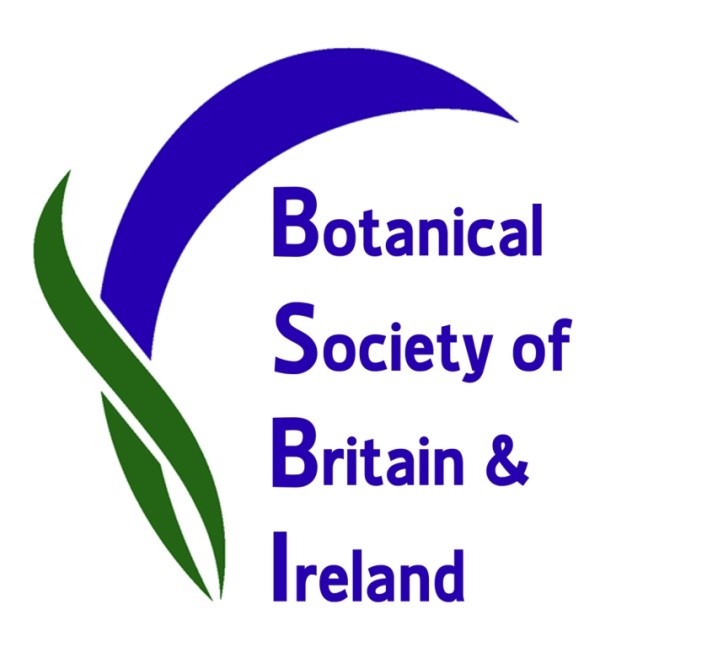Dumfriesshire Botany Group at Langholm, 17 July 2022
On a fine day ten off us met at the cemetery and walked across Skippers bridge to access two squares on the SW slopes of Whitta Hill. This is now mostly within the Tarras Nature Reserve owned by the community and so the survey results will be passed to the reserve team as part of helping them build up an understanding of what they have. The two squares included land within and outside the reserve and these areas were recorded separately. They had a combination of wooded riverside, woodland on the lower slopes and along the old railway and open hill with bracken and scrub higher up. Some flushed areas supported richer grassland otherwise the slope has a heathy vegetation.
The wooded areas, a mix of deciduous and conifer species are not particularly rich suggesting that they are relatively recent in development and supplemented by planting. A few plants like Wood-sedge Carex sylvatica,Remote Remote Sedge Carex remota and Hairy-brome Bromopsis ramosa suggest that there might have been remnant older wooded sections and below the minor road the wooded riverside is more natural.
Once on the open ground the acid nature of the slope was evident with a mosaic of bracken and heath. In the more open areas heathy species like Wood Sage Teucrium scordonia, Heather Calluna vulgaris, Bell Heather Erica cinerea and Velvet Bent Agrostis canina sl. were dominant. In some of the shorter vegetation we found not only Sheep’s-fescue Festuca ovina and Heath Grass Danthonia decumbens but also the very needle leaved Fine-leaved Sheep’s-fescue Festuca filiformis. This probably gets overlooked in this kind of habitat but is worth looking for. Compared to Sheep’s Fescue its flower parts are smaller and lack awns but in the field the very fine long leaves are the first thing to spot.
There were places where water seepage brought more neutral conditions and these were shown up by the presence of species like Marsh Thistle Cirsium palustre and Burnet-saxifrage Pimpinella saxifraga. These had patches of Wild Thyme Thymus drucei and species like Marsh Arrow Grass Triglochin palustre and Flea Sedge Carex pulicaris. It was around the margins of these damper areas that Carol was the first to spot Adders-tongue Ophioglossum vulgatum. This is a little fern with a single fleshy diamond shaped sterile leaf blade generally 5 to 15cm and a narrow fertile blade eventually longer than the sterile leaf, carrying a spike with sporangia (the adder’s tongue). It is recorded as having the highest number of chromosomes in any British plant (500-550).
Until this year this was thought to be a rare plant in Dumfriesshire but this population is now the seventh new population found this year. Three of these have been in the hills around Langholm. Previous to this year it was last recorded in the Langholm area in the nineteenth century so it is great to find that it has survived unrecorded over 150 years. There were several places where we found it in the first square so there is a good population on this slope and a chance for it to be found elsewhere. Like Moonwort, Adder’s Tongue is indicative of an unploughed and unfertilized old grassland.
The southern square that we looked at had a similar range of species though as much less of this is open heath we did not find Ophioglossum. There were some good sized oak trees in Long Wood itself and markers had been placed by young seedlings which look set to be used to extend tree planting on the reserve.
Chris Miles
BSBI county recorder for Dumfriesshire VC73 – see bsbi.org/dumfriesshire

